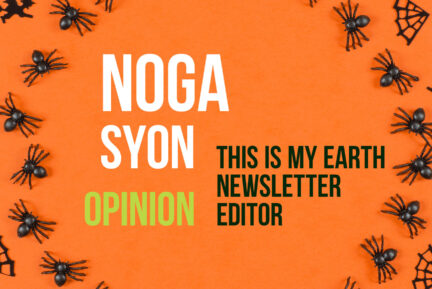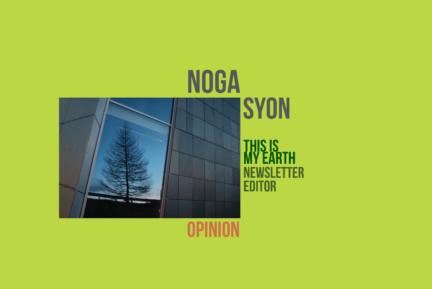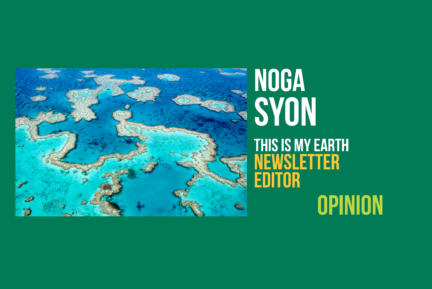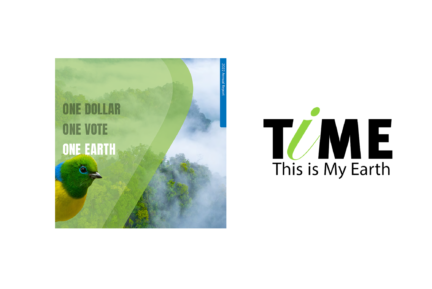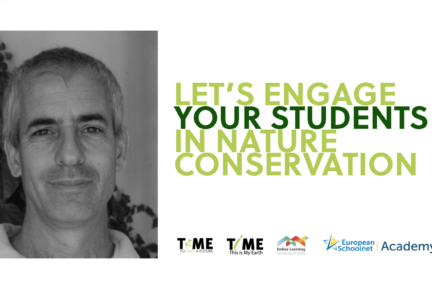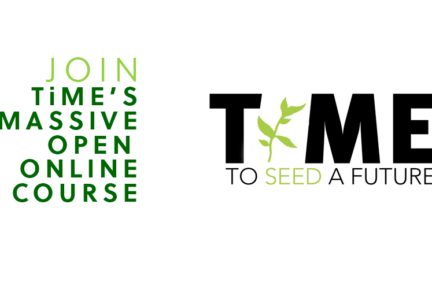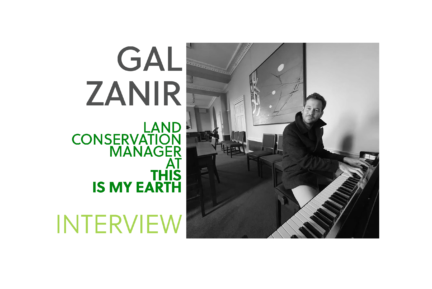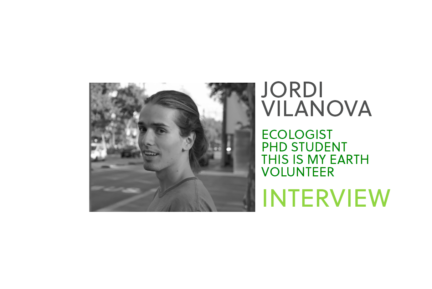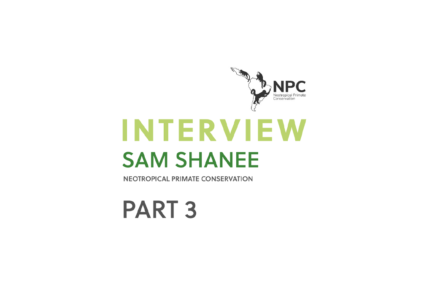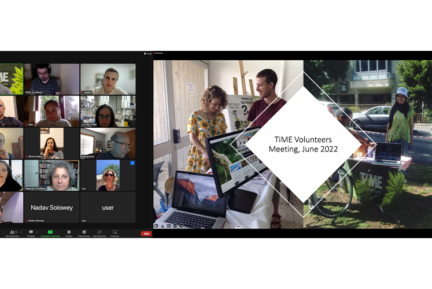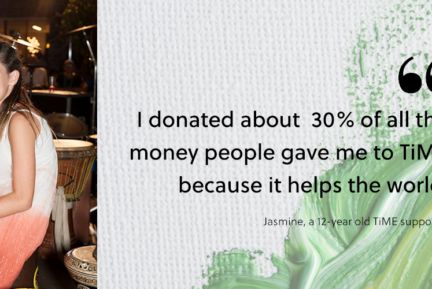During early 2016 I was travelling in South and Southeast Asia, and found myself in a market in Bangkok. My friend and I were naive enough to think that the term “animal market” meant we could find toys for our cats and dog back home! Although we saw countless animals there — reptiles, birds of prey, Pomeranians — one we will never forget. A caracal, a feline endangered in Asia, was shut in a small cage perhaps 20 centimeters wide and about a meter tall. Unlike most of the animals in the market, who were tucking their heads under their wings or quietly surveying their surroundings, this caracal was unable to accept its fate. It was frantically shaking the cage, jumping back and forth, seemingly looking for a way out. We stood there, unable to speak, for what seemed like forever. The sellers were idly watching the cage and asked us if we were interested. We left. This caracal is probably long dead as I write these words, but I sincerely hope it somehow managed to bend the bars and escape to freedom.
Wildlife trafficking is one of the world’s biggest international crimes, right after drugs and weapons. Animals are poached from the wild and then shipped, dead or alive, all over the world — and sold domestically as well. The demand is not restricted to developing countries; in fact, Europe is one of the major destinations. These animals are sold as pets, as food, to zoos and other tourist attractions, or in parts — used for ornaments, traditional medicine, fashion, and religious purposes.
One of TiME’s long-standing partners is Neotropical Primate Conservation (NPC), a nonprofit dedicated to the conservation of primates in South and Central America. TiME cooperates with NPC to conserve the territories it purchased with your donations in Sun Angel’s Gardens and El Toro Forest, Peru. It is no surprise that two of the areas chosen by TiME members to protect are in Peru, as this country is one of the most biodiverse on Earth: it has several unique ecosystems over different types of terrains, and 94 percent of its territory is covered in forests. Despite the focus on primates in the organization’s name, NPC’s founder, Sam Shanee, told TiME that primates are only the “flagship species”: conservation cannot be reduced to one species or another, as fauna and flora are seamlessly interdependent.

One of the biggest challenges NPC faces in their efforts to conserve this unique biodiversity is international wildlife trafficking — one of the most significant threats to wildlife all around the world that is also very prevalent in Peru. This article will briefly survey the phenomenon and its impact, focusing on the trade in Peru and on the advances made by the country to combat it.
A Sketch of Organized Crime
Wildlife trafficking is inseparable from other types of organized, global crime. The scant regard for it, compared to other types of transnational crime, makes the wildlife trade a sizeable income source for funding human trafficking, the drug and weapons trade, as well as fraud, corruption, and forgery.
The United Nations’ Convention on International Trade in Endangered Species of Wild Fauna and Flora (CITES) defines the transnational wildlife trade as a type of organized crime, as it involves mafia-type crime organizations as well as collaboration with politicians and other corrupt white-collar workers. It is also linked to other types of transnational crime, including but not limited to human, drugs, and weapons trafficking, as well as fraud. The use of the same criminal networks makes the wildlife trade a convenient and reliable source of income for these organizations, as it is often regarded as a minor offence compared to their other criminal activity.
Numbers are difficult to calculate. CITES statistics are very limited, as they are restricted to reports provided by member countries regarding cross-border trade and only 36,000 species are listed as protected. Countries report the shipments they seize and define as illegal according to their own laws, so a large amount of undetected trade and domestic shipments is not reported. Even so, over 20,000 seizures were reported worldwide in 2017. Recent research conducted by Texas A&M University System with the support of NPC, has estimated the number of trafficked animals within Peru (thus, excluding international trade) to range from 350,000 to 1,500,000 between 2007 and 2012. These figures demonstrate that domestic trade (not monitored by CITES) is not restricted to animals living close to individual markets. In other words, the domestic trade is both opportunistic, in that it thrives on proximity to the habitats of certain species, and strategic, with supply purposefully shipped across the country as well as internationally. According to a survey conducted by the Wildlife Conservation Society, approximately 80 percent of the demand for animals poached within Peru comes from Peruvians, and is therefore not monitored by CITES.

The wildlife trade relies on assistance from the communities living close to the targeted animals and from those “higher-up” — indeed, politicians, aquariums, and certain conservation organizations have been accused of cooperation. For example, the financial data of Peruvian groups in charge of restoring the Taricaya turtle population raised red flags, causing the authorities to suspect they may be trafficking the turtles.
The immense profitability of the wildlife trade is made possible due to low costs of transportation and little regard for proper handling: 60 to 80 percent of poached animals are assumed to die during capture, transportation, or trade. The poachers themselves are usually locals who earn very little, or farmers who hunt for game or while protecting their lands. For example, upon encountering a jaguar, they might kill the mother for her fangs and claws, and capture the cubs to be sold as pets. After capture, the animals may be transported to markets across the planet or sold online via social media, but the majority are sold locally in Peruvian markets.
Read Part 2 of this article here >
Sources
Bargent, James. “Peru’s turtle traffickers operate under veneer of legality.” Insight Crime. Published May 14, 2021. Accessed July 23, 2022. https://insightcrime.org/investigations/peru-tortoise-traffickers-operate-under-veneer-of-legality/
Cuzcano, Jesús. “Peru marks new milestone in the fight against illegal wildlife trafficking.” Oceana. Published April 27, 2022. Accessed July 20, 2022. https://peru.oceana.org/comunicados/peru-marks-new-milestone-in-the-fight-against-illegal-wildlife-trafficking/
D’cruze, Neil et al. “Characterizing trade at the largest wildlife market of Amazonian Peru.” Global Ecology and Conservation 28 (August 2021).
Guynap, Sharon et al. “The true costs of wildlife trafficking.” Georgetown Journal of International Affairs 21 (fall 2020).
Intelligence Customs Team, Peru Customs. “Illegal wildlife trade: an outline of the problems facing Peru.” WCO News 78 (October 2015).
Ipenza, César. “El tráfico de vida silvestre se investigará y tratará como parte del crimen organizado”. Clima Pesca. Published June 27, 2022. Accessed July 20, 2022. https://climapesca.org/2022/06/el-trafico-de-vida-silvestre-se-investigara-y-tratara-como-parte-del-crimen-organizado/
Jones, Katie. “Poaching grounds: wildlife trafficking in Peru’s Amazon.” Igarapé Institute: Insight Crime. Published June 2, 2022, accessed July 20, 2022. https://insightcrime.org/investigations/poaching-grounds-wildlife-trafficking-in-peru-amazon/
Mendoza, Alejandra Patricia et al. “Domestic networks contribute to the diversity and composition of live wildlife trafficked in urban markets in Peru.” Global Ecology and Conservation 37 (September 2022).
Nataraajan, Arthi Shri. “Wildlife trafficking: focusing on the entire supply chain.” Psychology and Marketing 37:12 (December 2020).
Ortiz-von Halle, Bernardo. “Bird’s-eye view: Lessons from 50 years of bird trade regulation & conservation in Amazon countries.” Traffic, December 2018.
“Peru can lead the fight against illegal wildlife trafficking in South America.” ProIQRA. Published January 12, 2022. Accessed July 20, 2022. https://proiqra.com/peru-can-lead-the-fight-against-illegal-wildlife-trafficking-in-south-america/
Shanee, Noga et al. “Denunciafauna – A social media campaign to evaluate wildlife crime and law enforcement in Peru.” Journal of Political Ecology 28:1 (2021).
Tarabochia, Milton López. “Wildlife for sale: affected species and trade routes in Peru.” Mongabay. Published December 12, 2016. Accessed July 19, 2022. https://news.mongabay.com/2016/12/wildlife-for-sale-affected-species-and-trade-routes-in-peru/
Van Uhm, Daan et al. “Connections between trades and trafficking in wildlife and drugs.” Trends in Organized Crime 24 (2021).
“Why should we care about wildlife trafficking?” WCS Wildlife. Accessed July 19, 2022. https://wildlifetrade.wcs.org/Wildlife-Trade/Why-should-we-care.aspx
World Wildlife Crime Report 2020. Vienna: United Nations Office on Drugs and Crime. https://www.unodc.org/documents/data-and-analysis/wildlife/2020/World_Wildlife_Report_2020_9July.pdf
Wyatt, Tanya. Wildlife Trafficking: A Deconstruction of the Crime, Victims and Offenders. Second Edition. London: Palgrave McMillan, 2022.
